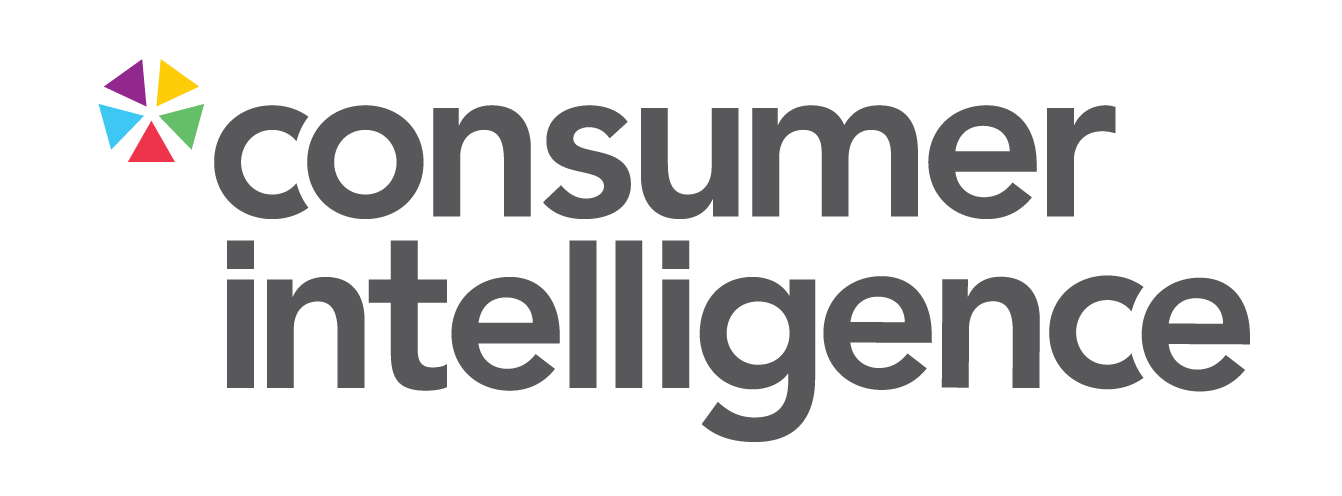In a world where over 40% of insurance customers now pay monthly, premium finance has emerged from the shadows to become one of the defining issues of fairness, competitiveness, and compliance in the insurance industry. For insurers, it is no longer a back-office function—it’s where revenue meets regulation and reputation.
This article explores the key findings of our Instalments in 2025 report and highlights what insurers must do now to balance commercial performance with compliance under the FCA’s Consumer Duty.
Premium Finance: From Niche to Necessity
Premium finance—the option for policyholders to pay monthly rather than annually—has become a critical lever for both consumers and insurers. This shift has been driven by increasing affordability pressures and changing consumer expectations, especially as more households manage their budgets monthly.
However, many insurers still treat premium finance as an operational convenience or margin tool, failing to appreciate its central role in consumer outcomes and regulatory exposure.
Why Total Instalment Cost (TIC) Matters More Than APR
For years, the Annual Percentage Rate (APR) has been the go-to metric for evaluating finance costs. But in the context of insurance, APR is broken.
Insurers can manipulate APR through changes in deposit size, number of payments, or the timing of the first instalment—without altering the total cost a customer pays. For example, one insurer reduced its APR from 33.8% to 26.9%, yet the Total Instalment Cost (TIC) remained at 11.37%. The structure changed, not the value.
TIC, on the other hand, is transparent. It reflects the real additional cost a customer pays to spread premiums. It’s what comparison websites (PCWs) use to rank quotes, and it’s what regulators are increasingly monitoring under Consumer Duty.
TIC is now the benchmark that matters.
Strategic Tactics and Their Risks
Our research identifies four main tactics insurers use to manage their premium finance offers:
1. Deposit Strategy
Higher deposits lower the financed amount and improve APR, but may reduce affordability. Conversely, 0% deposits boost click-throughs but don’t impact screen rank unless TIC changes.
2. Instalment Count
Reducing the number of payments can compress APR, while stretching to 12 months lowers monthly payments—again, with no effect on TIC.
3. Selective Quotability
Some brands exclude customers with lower credit scores, improving average TIC but risking fairness breaches.
4. Rating Factors
Penalising monthly payment selection by increasing base premiums leads to a double hit—higher premiums and finance charges.
These tactics, while legal, are increasingly risky under Consumer Duty. Any commercial strategy must now stand up to scrutiny not just on paper, but in how it treats real customers.
A Real-World Example: Smart Strategy Drives Growth
We modelled the impact of a TIC reduction from 15.2% to 8% for a Motor insurance product. The results were dramatic:
| Metric | Before | After |
|---|---|---|
| TIC | 15.2% (Q3) | 8% (Q1) |
| PCW Rank | ~15th | ~5th |
| Conversion Rate | 1.2% | 2.4% |
| Policies Sold | 1,200 | 2,400 |
| Gross Written Premium (GWP) | £600,000 | £1,200,000 |
| Finance Revenue | £91,200 | £96,000 |
When Free Credit Isn’t Fair
At face value, 0% APR finance seems like a win for customers. But the cost of “free” credit must be absorbed somewhere—often by annual payers, creating cross-subsidy issues.
This is particularly relevant in Home insurance, where Q1 brands often offer 0% TIC. In contrast, Motor insurance rarely offers interest-free options, and TICs are generally higher.
True fairness means transparency. If customers are subsidising others, or if upfront payers deliver liquidity benefits, those contributions should be acknowledged and, ideally, compensated.
Understanding Market Quartiles
We benchmarked providers into TIC quartiles based on actual PCW data. This reveals who is offering real value—and who might be falling behind.
Motor Insurance TIC Quartiles (April 2025)
| Quartile | TIC Range (%) |
|---|---|
| Q1 | 0.0 – 8.1 |
| Q2 | 8.2 – 10.4 |
| Q3 | 10.5 – 12.1 |
| Q4 | 12.2 – 20.0 |
| Quartile | TIC Range (%) |
|---|---|
| Q1 | 0.0 – 4.2 |
| Q2 | 4.3 – 8.1 |
| Q3 | 8.2 – 11.1 |
| Q4 | 11.2 – 23.1 |
First Quartile Brands: Motor Insurance
The following brands offer the most competitive TIC in Motor insurance, placing them in Quartile 1:
Motor Q1 Brands
Admiral, Admiral Essential, Admiral Gold, Admiral LittleBox, Admiral MultiCar, Admiral Platinum, Ageas Essentials, Allianz, Allianz Essential, Aviva, Aviva Premium, Axa Plus, Bell, Collingwood, Diamond, Elephant, Ford, General Accident, Jurny, LV Extra, Moja, Moja Essentials, One Call, One Call Pay As You Drive, One Click, One Protect, Prima, LV, Aviva Zero, AXA, QuoteMeHappy Connect, Connect Plus, Connect Premier, Essentials, Plus, Plus Roadside, Plus with Legal, Premier, RIAS, Sainsburys (All tiers), Swiftcover, Yoga Insure, Ticker Pay Per Mile.
First Quartile Brands: Home Insurance
The following brands fall into Quartile 1 for Home insurance—where 0% TIC is more prevalent:
Home Q1 Brands
Aviva, Aviva Premium, AXA Home, HomePlus, HomePremier, Halifax, John Lewis (Bronze, Silver, Gold), M&S, MBNA (and Plus), Nationwide (and Plus), QuoteMeHappy (Essentials, Ess Plus, Premier), Sainsburys (and Home Plus), Santander (Classic and Plus), Sky, Swiftcover Home (and HomePlus).
Segmentation: Who Pays Monthly and Why?
Premium finance behaviour varies widely:
-
Younger Drivers (under 35):
High base premiums and lower credit scores lead to greater reliance on monthly payments—often at higher TICs. -
Older Homeowners:
View monthly instalments as budgeting tools, not necessities. Expect fair pricing and clear value.
Failing to align pricing strategies with these behaviours risks both conversion losses and compliance issues.
The Margin vs Compliance Dilemma
Premium finance contributes significantly to non-core income:
-
Up to 48% of non-core revenue in Motor
-
As much as 40% in Home
But high margins now invite scrutiny. Direct brands tend to use low TIC as a conversion tool, while intermediaries rely on premium finance as a margin driver, exposing themselves to higher regulatory risk.
The strategic challenge is clear: What you can charge is no longer the only question—what is fair to charge matters more.
What Insurers Must Do Now
To stay ahead, insurers must act across four critical fronts:
1. Benchmark TIC Regularly
Establish quarterly TIC benchmarking using market-wide data, not internal assumptions.
2. Ditch APR as a Fairness Proxy
APR can be gamed. TIC reflects actual consumer cost and is used by PCWs and the FCA.
3. Balance Margin and Visibility
Modelling TIC trade-offs can boost GWP while keeping compliance risk low.
4. Prepare Your Narrative
Can you justify your monthly pricing? Can you show that it doesn’t unfairly impact vulnerable customers? If not, now is the time to fix it.
Final Thoughts
Premium finance in 2025 is more than a billing option—it’s a strategic battleground. Brands that treat it as such will outperform, gain trust, and stay compliant in an evolving regulatory environment.
Want to know your TIC quartile or refine your strategy?
Let’s talk.
This article is based on insights from the Consumer Intelligence report “Instalments in 2025: The Real Cost of Paying Monthly.”


Submit a comment